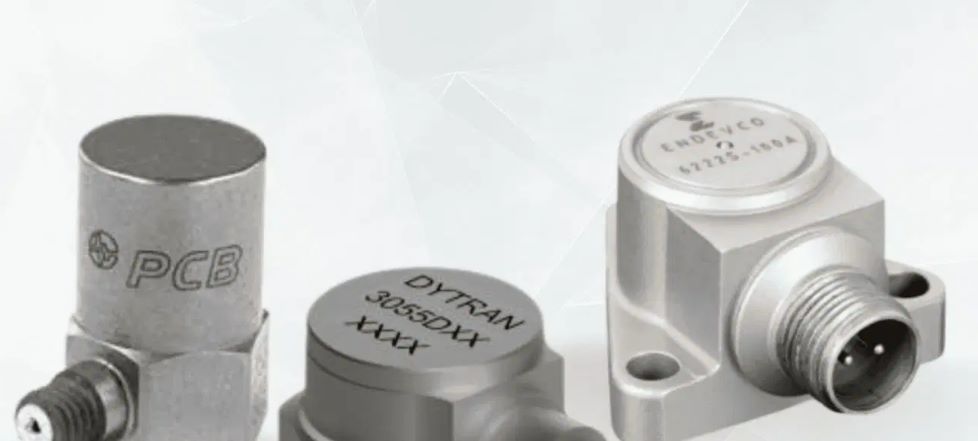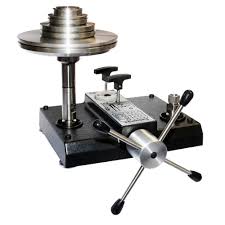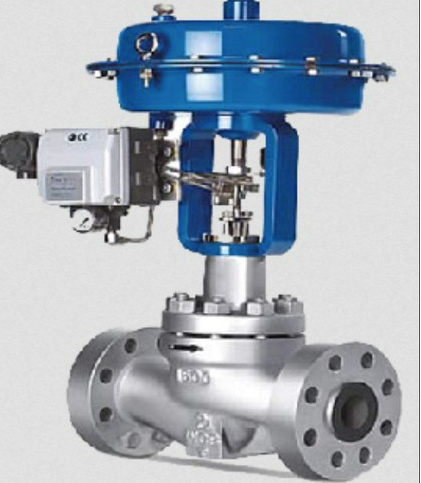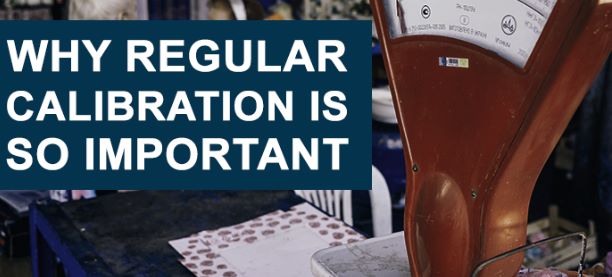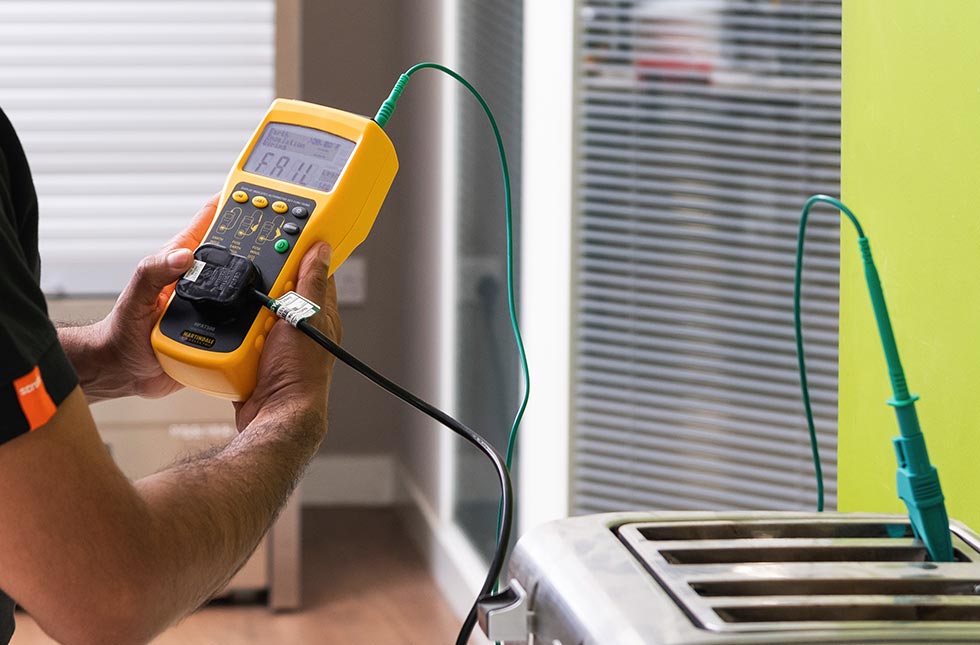
Portable appliance testers can be a valuable tool for safety, but there are several common mistakes that can lead to incorrect results. Some of these mistakes include not doing a visual inspection, not doing the tests in the required order, forgetting to switch the appliance on, touching the appliance, only doing one earth bond test, taking an average reading, trying to do an earth bond test on a Class II appliance, only doing one insulation test, not checking the fuse is conducting, failing to do a function test (powering it up), not testing at the correct voltage, and not calculating the correct pass level.
1. Not doing a visual inspection: Before measuring the condition of an appliance, ensure all its parts are present and in good condition. Report any signs of damage or wear on the casing, as these could indicate unsafe handling.
2. Not doing the tests in the required order: If you do the insulation test first on a Class 1 appliance, you don't know if the conductive earth path is good. If the earth path isn't tested and proven good, you can't rely on the insulation test.
3. Forgetting to switch the appliance on: When doing the insulation test, make sure everything inside the appliance is at 250V / 500V. If the voltage can't get through the live wire, nothing will escape, leading to an incorrect pass of a dangerous appliance. Measure insulation resistance in Ohm's and measure any breakdown or deterioration resulting in a reading lower than 1MOhm (Class I) and 2 MOhm (Class II).
4. Touching the appliance: Most appliances pass the insulation test, so it's important to avoid touching the appliance to avoid shocks.
5. Only doing one earth bond test: If an appliance has multiple, apparently isolated, outer parts with separate earthed paths, each one needs to be separately measured.
6. Taking an average reading: If you have multiple earth paths, don't take the average reading, as it's the worst case that matters.
7. Trying to do an earth bond test on a Class II appliance: Class II appliances have no earth, causing many calls to technical helplines.
8. Not checking the fuse is conducting: If the appliance is both on and the fuse is okay, don't perform a separate fuse test.
9. Not calculating the correct pass level: Many appliances are plugged into longer power cables than those specified by the manufacturer.

